Day 19 of Noirvember: Happy birthday to Laura and Waldo!
 November 19th was quite a day in the world of noir – it gave us two of the stars of the film noir Laura (1944) – Gene Tierney and Clifton Webb. Today’s Noirvember post celebrates this shadowy birthday duo and their road to the well-loved noir that they gave us.
November 19th was quite a day in the world of noir – it gave us two of the stars of the film noir Laura (1944) – Gene Tierney and Clifton Webb. Today’s Noirvember post celebrates this shadowy birthday duo and their road to the well-loved noir that they gave us.
Gene Tierney
Gene Eliza Tierney was born in 1920 in Brooklyn, New York, the second of three children of an affluent family. After the family moved to Connecticut, Tierney was educated at private schools in Farmington and in Lausanne, Switzerland. Although she had no ambitions to become an actress (she wanted to “do good and . . . be something like a social worker”), she changed her mind during a family visit to Hollywood when she was 17. While touring Warner Bros. studio, Tierney’s delicate beauty caught the eye of director Anatole Litvak, who arranged a screen test. The successful test resulted in a contract offer from the studio, but Tierney’s father, Howard, refused to let her accept it. Instead, he insisted that she make her planned society debut and, if his daughter were still interested in acting after three months, he promised to help her find work on Broadway.
 True to his word, a few months after Tierney’s debut, Howard began accompanying her to the offices of New York agents and producers. Before long, she won a small part as an Irish orphan in George Abbott’s production Mrs. O’Brien Entertains, and a walk-on in another play, What a Life. After this exposure, Hollywood came calling again, and Tierney signed a contract with Columbia. But soon after being cast in her first film, Coast Guard (1939), Tierney was replaced by actress Frances Dee. “I was hurt and began to have doubts,” Tierney said in her memoirs. “[But] I became all the more determined to work hard, and study, and develop as an actress.”
True to his word, a few months after Tierney’s debut, Howard began accompanying her to the offices of New York agents and producers. Before long, she won a small part as an Irish orphan in George Abbott’s production Mrs. O’Brien Entertains, and a walk-on in another play, What a Life. After this exposure, Hollywood came calling again, and Tierney signed a contract with Columbia. But soon after being cast in her first film, Coast Guard (1939), Tierney was replaced by actress Frances Dee. “I was hurt and began to have doubts,” Tierney said in her memoirs. “[But] I became all the more determined to work hard, and study, and develop as an actress.”
Rejecting Columbia’s offer to renew her option after six months, Tierney returned to New York, appearing in several plays, earning a series of favorable notices from critics, and landing a number of spreads in Life, Harper’s Bazaar, and Vogue magazines. The attention attracted Hollywood once again, and this time, after turning down an offer from MGM, Tierney signed with Twentieth Century-Fox. The terms of the agreement provided that she would be allowed to appear each year on Broadway, that she would not be required to alter the color or length of her hair, and that her slightly crooked teeth would not be straightened. She made her screen debut soon afterward, in The Return of Frank James (1940), starring Henry Fonda. But she was singled out by reviewers for her wooden and “colorless” performance, and after another lackluster appearance in her next picture, Hudson’s Bay (1940), Tierney was voted “The Worst Female Discover of 1940” by the Harvard Lampoon. (Yikes!)
 Tierney didn’t give up, though, and in her next film, Tobacco Road (1941), where she played a dim-witted farm girl, she proved that she was more than just a pretty face. Over the next few years, she appeared in her first film noir, The Shanghai Gesture (1941), Son of Fury (1942), the first of three teamings with Tyrone Power, and Heaven Can Wait (1943), a box-office hit starring Don Ameche. Next, Tierney was cast in the part for which she is perhaps best associated, the title role in Laura. Interestingly, Tierney was initially unenthusiastic about the part, and she objected to the fact that it had originally been offered to and turned down by Jennifer Jones. “If Jennifer Jones doesn’t want it, why should I?” she later recalled asking Fox studio head Darryl Zanuck. But Zanuck convinced Tierney that the role would be good for her career – and he wasn’t wrong.
Tierney didn’t give up, though, and in her next film, Tobacco Road (1941), where she played a dim-witted farm girl, she proved that she was more than just a pretty face. Over the next few years, she appeared in her first film noir, The Shanghai Gesture (1941), Son of Fury (1942), the first of three teamings with Tyrone Power, and Heaven Can Wait (1943), a box-office hit starring Don Ameche. Next, Tierney was cast in the part for which she is perhaps best associated, the title role in Laura. Interestingly, Tierney was initially unenthusiastic about the part, and she objected to the fact that it had originally been offered to and turned down by Jennifer Jones. “If Jennifer Jones doesn’t want it, why should I?” she later recalled asking Fox studio head Darryl Zanuck. But Zanuck convinced Tierney that the role would be good for her career – and he wasn’t wrong.
Clifton Webb
Impeccably groomed, elegant, and urbane, Webb Parmalee Hollenbeck was born in Indianapolis, Indiana, but sources disagree on the year, reporting a range from 1889 to 1896. His mother, Mabelle, reportedly left Webb’s father when he failed to share her attraction for show business (“We never speak of him,” Mabelle once said. “He wasn’t interested in the theater.”) After moving to New York, Mabelle enrolled her son in dancing school, and he later attracted the attention of Malcolm Douglas of the Children’s Theater, making his professional debut in The Brownies at Carnegie Hall in 1900.
 Following Webb’s graduation from grammar school, he went to art school (he gave his first exhibition at the age of 14), and later studied voice, making his grand opera debut with the Aborn Opera Company in Boston. Then, “after I’d mastered some 24 operative roles in various languages,” Webb said later, “the dance craze came along. I ditched the opera to make a reputation as a dancer.” Over the next several years, Webb toured the country in a ballroom dancing act, opened the Webb Dance Studio (with his mother as secretary-manager), and appeared in a number of musicals, including She’s My Baby with Beatrice Lillie, and Treasure Girl with Gertrude Lawrence. After appearing in the successful musical-comedy As Thousands Cheer, Webb was labeled by one critic as “the most versatile of all American revue artists.” During these years, he also found time to appear in small parts in such silent films as Heart of a Siren (1925), which starred the “too beautiful girl” Barbara LaMarr. A friend of Webb’s once joked, “Short of a dog-and-pony show, there isn’t much he hasn’t successfully essayed.”
Following Webb’s graduation from grammar school, he went to art school (he gave his first exhibition at the age of 14), and later studied voice, making his grand opera debut with the Aborn Opera Company in Boston. Then, “after I’d mastered some 24 operative roles in various languages,” Webb said later, “the dance craze came along. I ditched the opera to make a reputation as a dancer.” Over the next several years, Webb toured the country in a ballroom dancing act, opened the Webb Dance Studio (with his mother as secretary-manager), and appeared in a number of musicals, including She’s My Baby with Beatrice Lillie, and Treasure Girl with Gertrude Lawrence. After appearing in the successful musical-comedy As Thousands Cheer, Webb was labeled by one critic as “the most versatile of all American revue artists.” During these years, he also found time to appear in small parts in such silent films as Heart of a Siren (1925), which starred the “too beautiful girl” Barbara LaMarr. A friend of Webb’s once joked, “Short of a dog-and-pony show, there isn’t much he hasn’t successfully essayed.”
 Shortly after his success in As Thousands Cheer, Webb was lured to Hollywood by MGM, where he was slated to star in a picture with Joan Crawford. The movie never materialized, though, and Webb remained in California for nearly two years, earning $3,500 a week. The actor wasn’t happy with his idle existence, though (he was “conscience-stricken over the king’s ransom they were paying”), and he returned to New York. Once back in the Big Apple, Webb snagged roles in productions like Blithe Spirit, which played more than 650 performances in New York and London. During the nationwide tour of this play, Webb received an offer that would be a turning point in his career – director Otto Preminger tapped him for the part of Waldo Lydecker in Laura (1944).
Shortly after his success in As Thousands Cheer, Webb was lured to Hollywood by MGM, where he was slated to star in a picture with Joan Crawford. The movie never materialized, though, and Webb remained in California for nearly two years, earning $3,500 a week. The actor wasn’t happy with his idle existence, though (he was “conscience-stricken over the king’s ransom they were paying”), and he returned to New York. Once back in the Big Apple, Webb snagged roles in productions like Blithe Spirit, which played more than 650 performances in New York and London. During the nationwide tour of this play, Webb received an offer that would be a turning point in his career – director Otto Preminger tapped him for the part of Waldo Lydecker in Laura (1944).
“I was all set to take the show up to Vancouver, B.C.,” Webb said, “when this marvelous thing came up and there was simply no turning it down.”
And the rest is history.
In Laura, Gene Tierney and Clifton Webb created memorable characters that are among the most recognizable in all of film noir, and together, helped to make Laura into a stylish, highly acclaimed feature. I hope you’ll join me in raising a glass to celebrate their birthday!
And join me tomorrow for Day 20 of Noirvember!


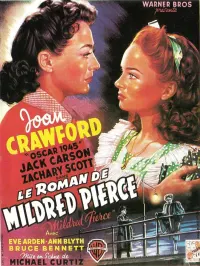




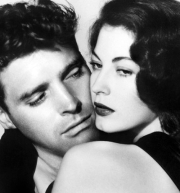













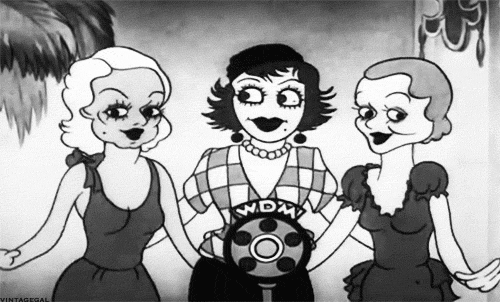


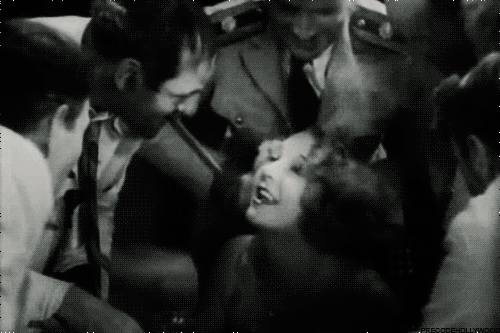


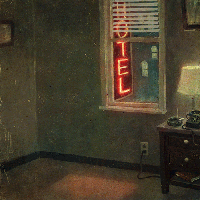
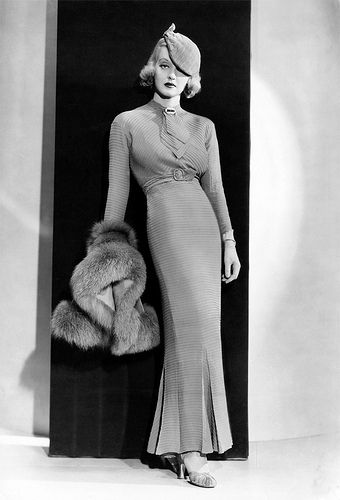



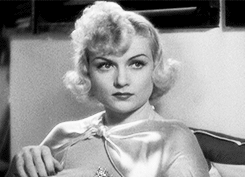
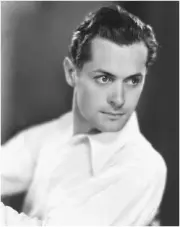
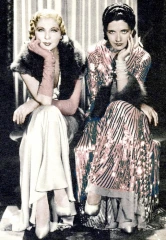

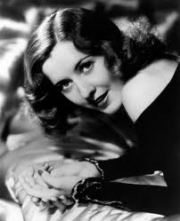



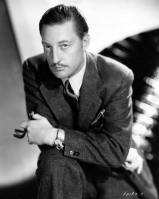




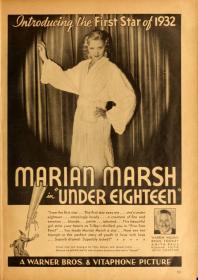
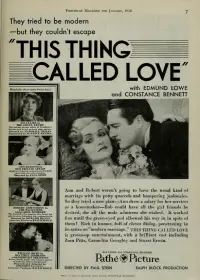

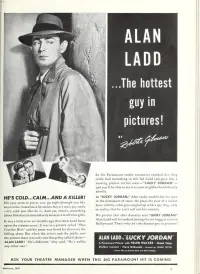
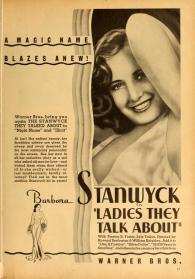

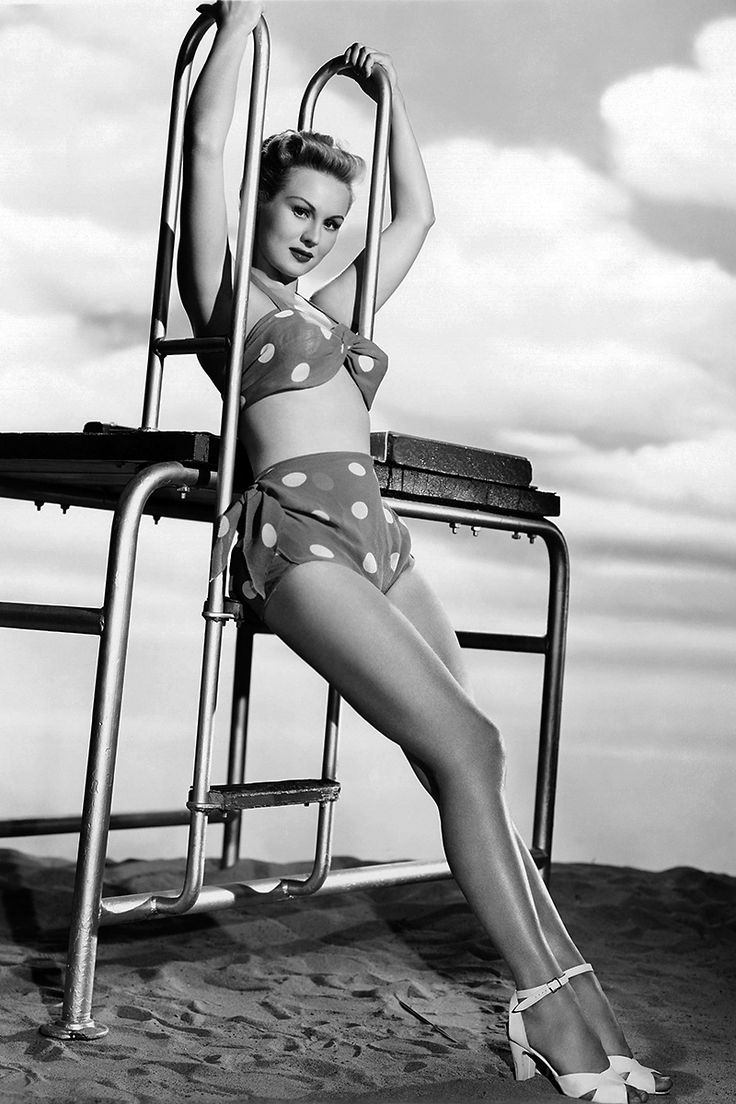




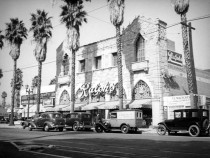


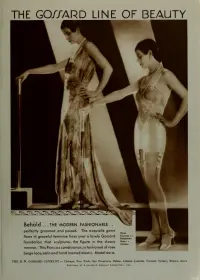

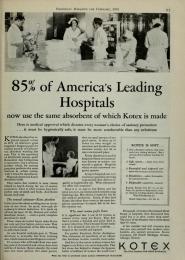

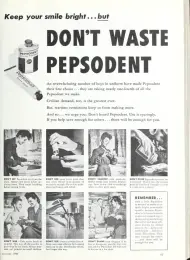


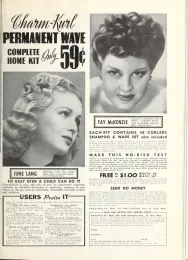





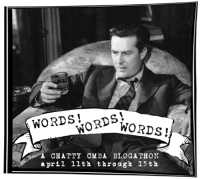

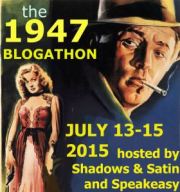

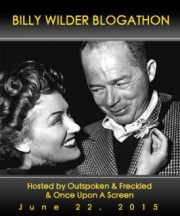


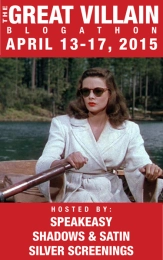


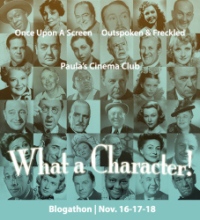
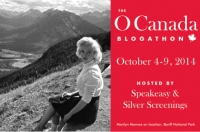


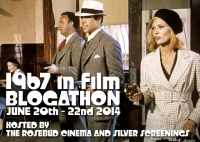


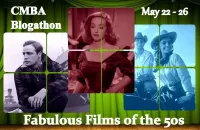
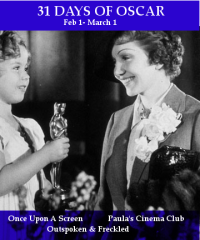








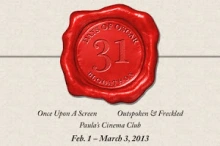

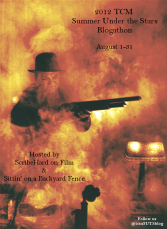


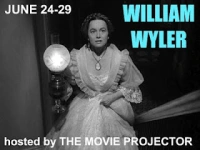





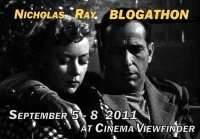

She was unforgettable in Laura.
How wonderful that they shared a birthday! I was glad to learn more about them both in your informative post!